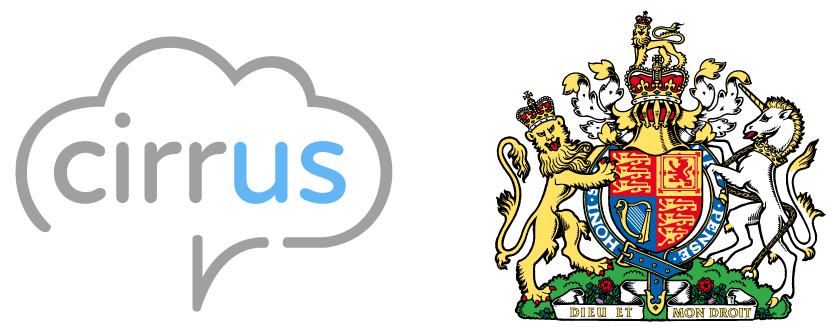Email has become an indispensable communication channel for businesses and customers alike. But it wasn’t always this way. When email was first introduced as a customer service channel decades ago, it was a total failure.
The rocky start of email customer service
In the 1990s, many companies rushed to add email as a way for customers to contact them, hoping to appear modern and high-tech. However, most businesses did not have the tools or processes in place to properly manage high volumes of email enquiries. Customers were left waiting days or even weeks for responses. Email lacked the immediacy that phone and in-person interactions provided. Frustrated customers abandoned email and went back to picking up the phone.
According to industry research from Oberlo, this failure was due to the unacceptable service provided by many early adopters. With response times stretching into weeks, companies failed to understand the urgency customers felt. Customer’s existing confidence in voice channels was reinforced, to email’s detriment. Email simply did not fit some types of quick, confidential enquiries. And growing identity checking requirements limited its usefulness for many businesses.
It took many years, much investment, and rebuilding customer trust for email to emerge as a credible channel. Of course, businesses and customers now realise email suits some interactions better than others. The rise of web self-service meant email was no longer the only online communication method. But for complex issues like complaints requiring a paper trail, email replaced letters and faxes.
Finding email’s strengths
Today, email is well-suited for certain interaction types. It allows customers to clearly explain complex issues, attach documentation, and manage enquiries on their own time. 57% of customers now prefer email for service issues requiring extensive detail or files. Email also enables detailed outbound communications with open rates of over 20%.
However, as an inbound channel, email has inherent weaknesses: no live interaction or authentication, requiring a wait for responses. But with no queue or hold time, email provides fast submission, a “fire and forget” interaction.
Industry research from ContactBabel shows inbound email is highest in retail, business services, technology, and manufacturing sectors. Large contact centres receive a lower email proportion, though the gap is shrinking as email becomes more ubiquitous.
Email costs less than telephony, but more than self-service. As simpler queries shift online, remaining emails get more complex, keeping costs steady. Best practice is to manage emails to consistent business rules, escalating if service levels slip. Industry research shows only 59% of emails are answered on the same working day. Taking over 1 day risks customer frustration and callbacks, costing more than an email response.
Automation’s role
The most popular method of answering inbound emails is to use agents rather than just automation. Around half of emails are handled by agents starting with customisable templates, not a total manual composition. This increases speed, consistency, knowledge sharing, and reduces mistakes. Only 10% of respondents have outright automated responses, and most of those are still checked before sending.
However, automation will take on a greater role as AI and natural language processing improves. Right now, the multiple back-and-forth nature of email conversations makes human oversight crucial. But standardised and repetitive emails can be fully automated in the near future.
Blending channels for better customer service
Research from Oracle shows blending email and phone improves efficiency 23-46%. However, the asynchronous nature of email requires different skills than live chat. Capital One trains specialised email agents. Charles Schwab encourages email management during call waits, relying on dedicated teams for high volumes.
An omnichannel approach means recognising that various channels suit different interaction types. Email will never fully replace the phone for authenticating customers or conversations requiring quick back-and-forth. But it plays an indispensable role in a blended approach to improve convenience and meet customer needs.
The evolution of email proves that businesses don’t shape channels – customers do. By learning from past failures and understanding email’s strengths, companies can provide world-class service through this once-written-off channel.
Choose Cirrus to bring email customer service back
Cirrus provides an omni-channel contact centre solution that seamlessly integrates email as a channel, with full visibility and contact history across channels. Our AI-powered platform helps businesses bring email back through automation, intelligent routing, and blended omni-channel assignments for agents. With Cirrus, you can meet customer needs and preferences by making email a competitive advantage once again. We offer the capabilities and expertise to help any business redeem email and blend it effectively into world-class customer service. Contact Cirrus today to help you maximise email’s potential as part of an integrated omni-channel strategy.
Download the email snippet from the 2023 ContactBabel Decision-Makers’ Guide here.
Download the full digital channel 2023 ContactBabel Decision-Makers’ Guide here.




